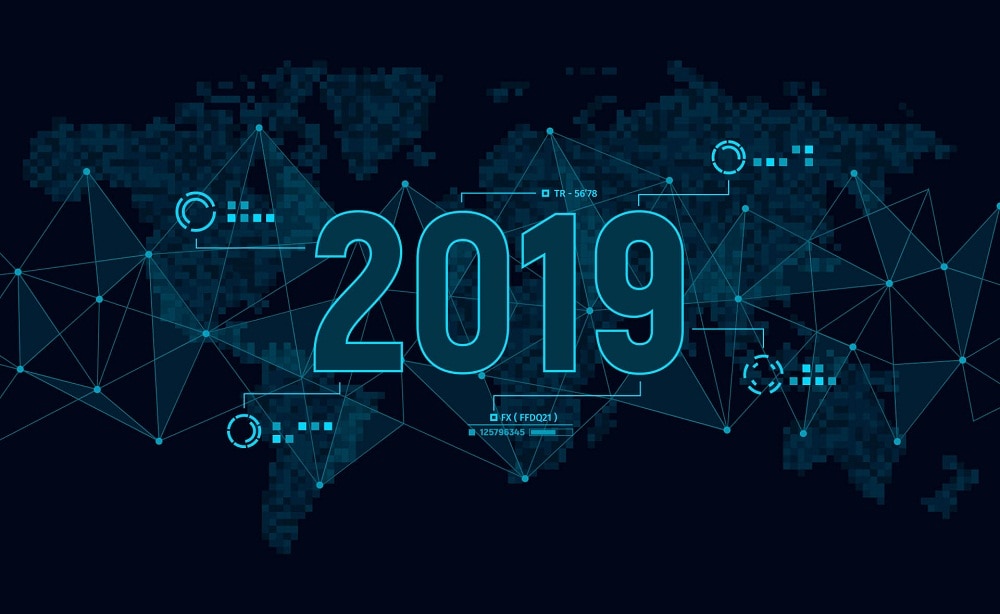Data science is a dynamic field; it is constantly changing. Therefore, keeping up with new developments is not just advisable, it is also expected. Otherwise, your know-how is bound to become obsolete sooner or later, making you a less marketable professional. To avoid this, it is important to learn about the newest trends and have strategies in place about remaining relevant in this ever-changing field.
General Trends in Data Science
Even though data science is a chaotic system and the many changes it experiences over time are next to impossible to predict, there are some general patterns, or trends, that appear to emerge. By learning about the trends of our field, you will be more equipped to prepare yourself and adapt effectively as data science evolves.
The Role of AI in the Years to Come
Apart from the hype about AI, the fact is that AI has made an entrance in data science, and it is here to stay. This does not mean that everything in the future will be AI-based, but it is likely that AI methods, like deep learning networks, will become more and more popular. Some conventional methods may still be around due to their simplicity or interpretability, but they will probably not be the go-to methods in production. learn more data science online course
Keep in mind that AI is an evolving field as well, so the methods that are popular today in data science may not necessarily be popular in the future. New ANN types and configurations are constantly being developed, while ANN ensembles are effective as well. Always keep an open mind about AI and the different ways it applies to data science. If you have the researcher mindset and have the patience for it, it may be worth it to do a post-grad program in AI.
Big Data: Getting Bigger and More Quantitative
It may come as a surprise to many people that big data is getting more quantitative since the majority of it is comprised of text and other kinds of unstructured data, that’s not harnessed yet, often referred to as dark data. However, as the Internet of Things (IoT) becomes more widespread, sensor data becomes increasingly available. Although much of it is not directly usable, it is quantitative and as such, capable of being processed extensively with various techniques.
Also, most of the AI systems out there work with mainly quantitative data. Therefore, lots of data acquisition processes tend to focus on this kind of data to populate the databases they are linked to, making this kind of data more abundant.
As for the growth of big data, this is not a surprise, considering that the various processes that generate data, whether from the environment or via our online activities, grow exponentially. Also, storage is becoming cheaper and cheaper, so collecting this data is more cost-effective than ever before. The fact that there are many systems in place that can analyze that data makes it a valuable resource worth collecting.
New Programming Paradigms
Although Object-Oriented Programming (OOP) is the dominant programming paradigm at the moment, this is bound to change in the years to come. Already some robust functional languages have made their appearance in the field, and, likely, languages of that paradigm are not going away any time soon. Other programming paradigms may arise as well. It would not be far-fetched to see graphical programming having a more pronounced appearance in data science, much like the one featured in the Azure ML ecosystem.
Regardless, OOP will not be going away completely, but those too attached to it may have a hard time adapting to what is to come. This is why I strongly recommend looking into alternative languages to the OOP ones, as well as bridge packages.
Also, if you are good at the logic behind programming and have the patience to go through its documentation, any changes in the programming aspect of data science shouldn’t be a problem. After all, most new languages are made to be closer to the user and are accompanied by communities of users, making them more accessible than ever before. As long as you take the time to practice them and go through code on particular problems, the new programming paradigms should be an interesting endeavor rather than something intimidating or tedious.
The Rise of Hadoop Alternatives
Even though Hadoop has been around for some time, there are other alternatives in the big data arena. Lately, these big data governance platforms have been gaining ground, leaving Hadoop behind both in terms of speed and ease of use. Ecosystems like Microsoft’s Azure ML, IBM’s Infosphere, and Amazon’s cloud services, have made a dent in Hadoop’s dominance, and this trend doesn’t show signs of slowing down. Get more info
data science certification
What’s more, there are several other systems nowadays that are on the software layer above Hadoop and which handle all the tasks that the Hadoop programs would. In other words, Hadoop’s role has diminished to merely offering its file system (HDFS), while all the querying, scheduling, and processing of the data is handled by alternative systems like Spark, Storm, H2O, and Kafka. Despite its evolution, Hadoop is getting left behind as an all-in-one solution, even if it may remain relevant in the years to come as a storage platform.
Other Trends
Beyond the aforementioned trends, several other ones may be useful for you to know. For example, several pieces of hardware are becoming very relevant to data science, as they largely facilitate computationally heavy processes, such as training DL networks. GPUs, Tensor Processing Units, and other hardware are moving to the forefront of data science technology, changing the landscape of the computer systems where production-level data science systems are deployed.




Comments
Post a Comment